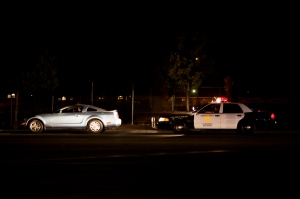As a San Diego DUI Attorney, I have been reflecting on the last post regarding the Marijuana DUI issue and the potential implications for society in general. A couple of quick thoughts I wanted to share:
(1) I am not advocating impaired driving. This has nothing to do with that. That is a common tactic of those advocating in favor of strict driving under the influence laws; that is, to vilify anyone who starts to question the laws in and of themselves. You are dismissed and labeled as crazy, someone who doesn’t care about safety. The reality is, I am questioning the evidence. There is no evidence, at least that I have seen, that Marijuana impairs your ability to drive. It is really that simple.
(2) Speaking of evidence, there is no scientific evidence that can determine what level of impairment is too high, if any. That is a major problem. The fear is that an arbitrary number will be set to silence those advocating strict Marijuana DUI laws. The problem with Marijuana and many drugs, is that they stay in your system long after any impairment is gone. Studies have shown, that a regular marijuana smoker will also have the impairment level in his blood, even when not impaired.
(3) The implications of this could be devastating for a well functioning society. The whole concept of Marijuana DUI’s is shaky enough, and the thought of an individual being arrested, and convicted in court of a DUI, simply for having marijuana in his system is outrageous. What also is horrifying if you smoke marijuana on a regular or non-regular basis, and you simply have it in your system even though you are not impaired is getting involved in a auto accident. If this happens, and someone is injured, you are potentially facing a DUI with Injury, which can lead to serious prison time, if not for the rest of your life. Especially, for those individuals previously convicted of a DUI with alcohol, you are facing serious, serious time.
(4) If you can go to prison or jail simply for having Marijuana in your system, which is essentially what the crime is, you are in a police state. There is no other way to look at. This is not what the founding fathers had in mind.



